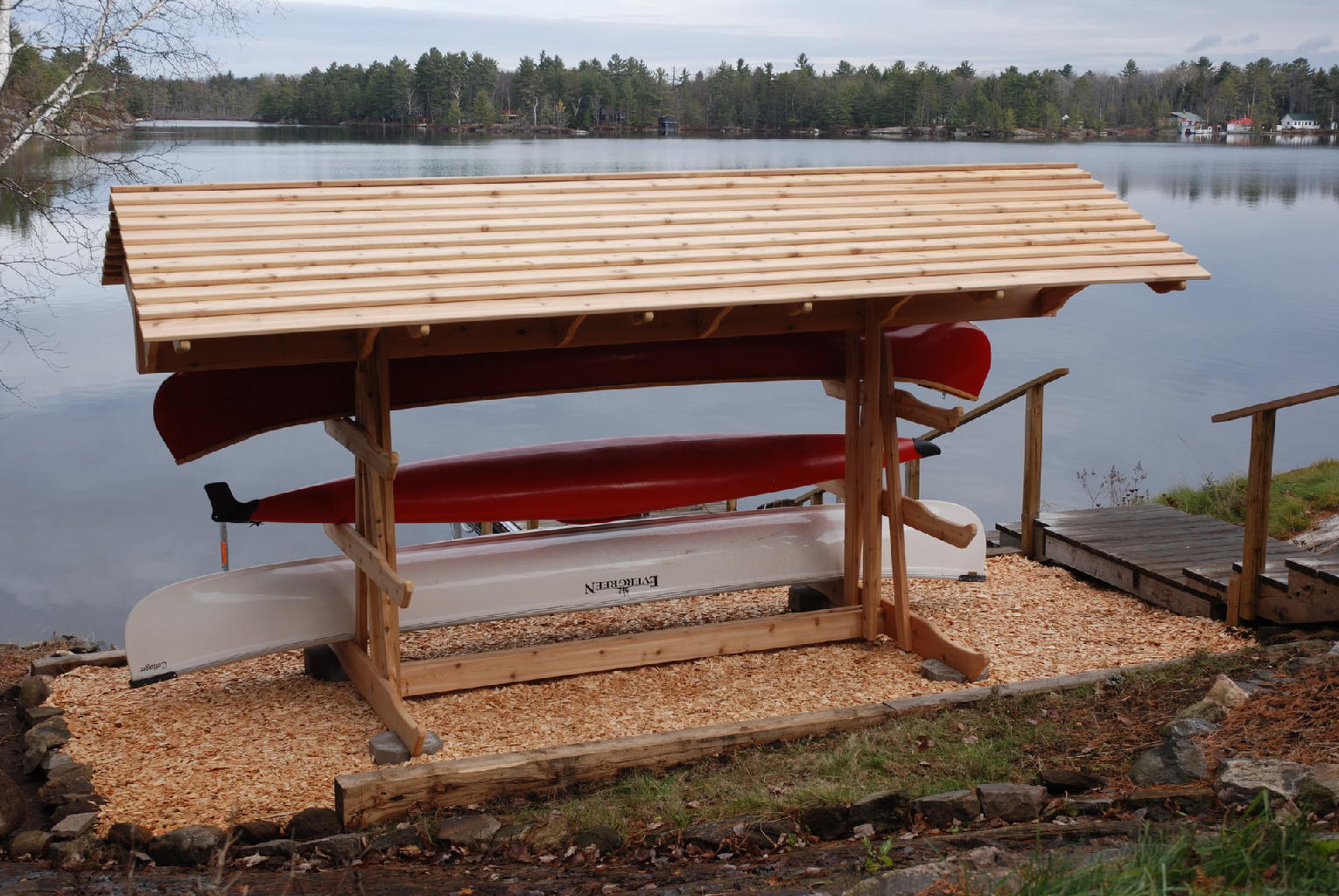

Articles
How To Store A Canoe Outside
Modified: January 5, 2024
Learn how to properly store your canoe outdoors with our detailed articles. Protect your investment and keep your canoe in the best condition possible.
(Many of the links in this article redirect to a specific reviewed product. Your purchase of these products through affiliate links helps to generate commission for Storables.com, at no extra cost. Learn more)
Introduction
Storing a canoe outside can be a convenient and practical solution, especially if you have limited space or prefer to have your canoe readily accessible for spontaneous adventures. However, leaving your canoe exposed to the elements without proper care and protection can lead to damage and deterioration over time.
In this article, we will guide you through the process of storing your canoe outside in a way that will maintain its quality and extend its lifespan. From choosing the right location to regular maintenance, we’ll cover all the essential steps to ensure your canoe remains in optimal condition.
By following the guidelines provided in this article, you can protect your investment and enjoy many more paddling adventures for years to come.
Key Takeaways:
- Properly storing a canoe outside involves choosing the right location, cleaning, protecting from UV rays, covering securely, and regular maintenance. These steps ensure longevity and protection from the elements.
- Securing a stored canoe is crucial to prevent theft. Use locks, security systems, and regular checks to safeguard your investment and enjoy worry-free outdoor adventures.
Read more: How To Store Soil Outside
Choosing the Right Location
When it comes to storing your canoe outside, selecting the right location is crucial to its overall safety and longevity. Here are a few factors to consider:
- Shelter: Look for a spot that provides some form of natural or man-made shelter to minimize exposure to rain, snow, and direct sunlight. A covered porch, a carport, or the side of a building can all be suitable options.
- Elevation: Choose a location that is slightly elevated to prevent water accumulation during heavy rainfalls. This will help prevent water damage and mold growth.
- Drainage: Ensure that the location has good drainage to prevent water from pooling around your canoe. If needed, you can create a small slope or use blocks to elevate the canoe slightly off the ground.
- Accessibility: Consider how easily you can access your canoe when choosing a location. You want it to be within reach, so you can easily transport it to the water when the time comes.
Keep in mind that while these guidelines will help protect your canoe, it’s important to periodically check it for any signs of damage or wear, regardless of the storage location.
Cleaning and Drying the Canoe
Prior to storing your canoe outside, it’s essential to give it a thorough clean and ensure it is completely dry. Follow these steps:
- Remove any dirt, debris, or residue from the surface of the canoe. Use a soft brush or sponge with mild soap and water to gently scrub away any dirt or grime, paying close attention to the nooks and crannies.
- Rinse the canoe thoroughly with clean water to remove any soap residue.
- Inspect the canoe for any signs of damage, such as cracks, holes, or loose fittings. If you notice any issues, address them before proceeding with storage.
- Dry the canoe completely to avoid moisture buildup and potential mold or mildew growth. Leave it in a well-ventilated area or use a towel or cloth to wipe down the surface.
It’s important to note that if your canoe has any wooden components, such as gunwales or seats, you should also inspect and treat them as per manufacturer’s recommendations to prevent rot or warping.
By taking the time to clean and dry your canoe before storage, you’re setting a solid foundation for keeping it in optimal condition and prolonging its lifespan.
Protecting the Canoe from UV Rays
One of the main threats to your canoe when stored outside is sun exposure and UV rays. Prolonged exposure to the sun can fade colors, weaken the materials, and cause cracking or warping. Here are some steps you can take to protect your canoe:
- Apply UV-resistant protective coating: Consider applying a UV-resistant protective coating specifically designed for canoes. This can help shield the canoe from harmful UV rays and provide an extra layer of protection against sun damage.
- Use a reflective tarp: Covering the canoe with a reflective tarp can help deflect the sun’s rays and reduce the temperature build-up under the cover. Opt for a light-colored tarp that reflects sunlight instead of absorbing it.
- Find natural shade: If possible, store your canoe under a tree or in a shaded area. Natural shade can provide an effective barrier against direct sunlight, minimizing the exposure and reducing the risk of sun damage.
- Invest in a UV-resistant canoe cover: Consider purchasing a specially designed canoe cover made from UV-resistant material. These covers are specifically designed to block harmful UV rays while allowing proper airflow and ventilation.
Remember to inspect the canoe cover and tarp periodically for any signs of wear or damage. If you notice any issues, replace them promptly to ensure continued protection against UV rays.
By implementing these measures, you can significantly reduce the risk of sun damage to your canoe and extend its lifespan.
To store a canoe outside, consider using a protective cover to shield it from the elements, and elevate it off the ground to prevent moisture damage. Additionally, periodically inspect and clean the canoe to maintain its condition.
Covering the Canoe
Covering your canoe is an essential step in protecting it from the elements when stored outside. Here are some tips for properly covering your canoe:
- Choose the right cover: Invest in a high-quality canoe cover that is specifically designed to fit your canoe’s dimensions. A well-fitting cover will provide better protection and prevent excess wind from getting underneath.
- Ensure proper ventilation: It’s crucial to allow proper airflow and ventilation to prevent condensation and mold growth. Look for a cover that has vents or built-in airflow features.
- Tie it down securely: Use straps or bungee cords to securely fasten the cover to the canoe. This will prevent it from being blown off during strong winds or storms.
- Protect the edges: Pay extra attention to protecting the edges of your canoe, as they are more vulnerable to scratches and damage. Consider adding extra padding or foam to protect these areas before covering.
- Remove pooling water: After rain or snowfall, check the cover for any pooling water and remove it promptly to prevent undue weight and potential damage.
Remember to periodically inspect the canoe cover for any signs of wear or damage. If you notice any tears or holes, patch them immediately or replace the cover as needed.
Properly covering your canoe will shield it from rain, snow, dust, and other potential sources of damage, ensuring that it remains in excellent condition during its time in outdoor storage.
Read more: How To Store Tires Outside
Securing the Canoe
Securing your canoe is essential to prevent theft and ensure its safety while stored outside. Follow these steps to secure your canoe:
- Lock it up: Invest in a high-quality canoe lock to secure your canoe to a stationary object, such as a sturdy post or a bike rack. Make sure to loop the lock through the grab handles or other secure parts of the canoe.
- Consider using a security system: If you have a valuable or prized canoe, you may want to consider installing a security system specifically designed for watercraft. These systems can include alarms, GPS tracking, or motion sensors to provide an extra layer of protection.
- Remove any detachable parts: If your canoe has detachable parts such as seats or paddles, consider removing them and storing them separately. This will not only make the canoe less enticing to potential thieves but also protect these valuable components.
- Mark your canoe: Consider marking your canoe with a unique identifier, such as your name or driver’s license number. This can help deter theft and assist in recovering your canoe if it is ever stolen.
- Regularly check on your canoe: Make it a habit to periodically check on your stored canoe to ensure it remains secure and undamaged. This could be as simple as a visual inspection or occasionally moving the canoe to prevent flat spots on the supports.
By taking these security measures, you can have peace of mind knowing that your canoe is protected while stored outside.
Regular Maintenance and Inspection
Regular maintenance and inspection are crucial to keeping your canoe in optimal condition, even when stored outside. Here are some important steps to include in your maintenance routine:
- Inspect for damage: Regularly check your canoe for any signs of damage, such as cracks, dents, or leaks. Address any issues promptly to prevent further damage or deterioration.
- Tighten fittings: Check and tighten any loose fittings, such as screws, bolts, or seat attachments. Loose fittings can affect the stability and performance of your canoe.
- Check for pests: Inspect your canoe for any signs of pests, such as insects or rodents. They can cause damage to the canoe’s materials or build nests that can be difficult to remove.
- Inspect and maintain the hull: Check the condition of the hull, both inside and outside. Look for any signs of wear, scratches, or abrasions. Repair any damage and consider applying a protective coating to maintain the hull’s integrity.
- Check the integrity of the cover: Periodically inspect the canoe cover for any tears, holes, or signs of wear. Replace the cover if needed to ensure proper protection.
- Clean the canoe: Regularly clean your canoe to remove any dirt, debris, or residue that may have accumulated. Use mild soap and water to gently wash the canoe, then rinse and dry it thoroughly.
- Store it properly: When not in use, make sure to store your canoe in a safe and secure location. Consider using racks, stands, or wall mounts designed specifically for canoes to keep them off the ground and minimize the risk of damage.
By incorporating regular maintenance and inspection into your routine, you can catch any issues early on and take appropriate steps to preserve the condition and longevity of your canoe.
Frequently Asked Questions about How To Store A Canoe Outside
Was this page helpful?
At Storables.com, we guarantee accurate and reliable information. Our content, validated by Expert Board Contributors, is crafted following stringent Editorial Policies. We're committed to providing you with well-researched, expert-backed insights for all your informational needs.
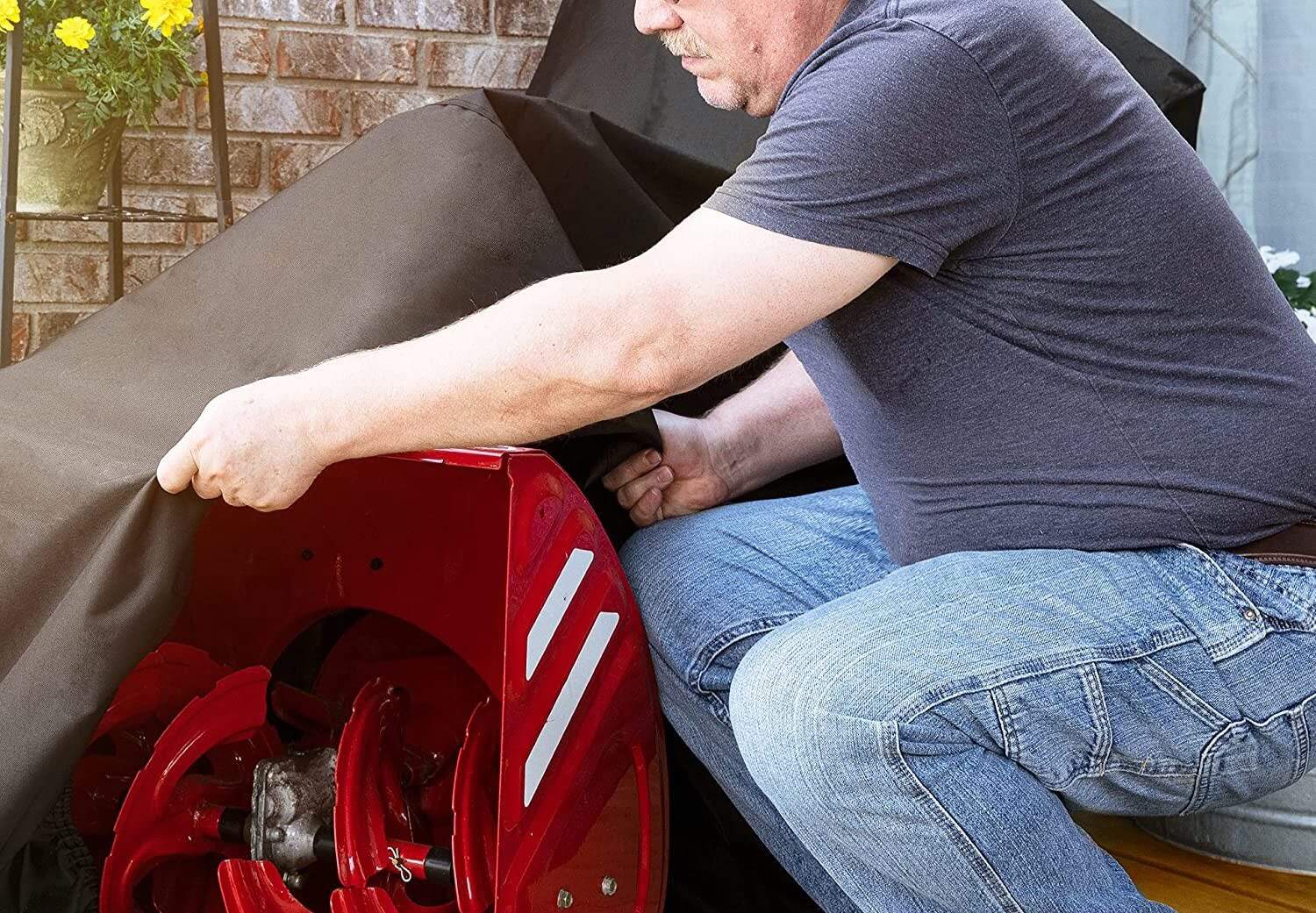

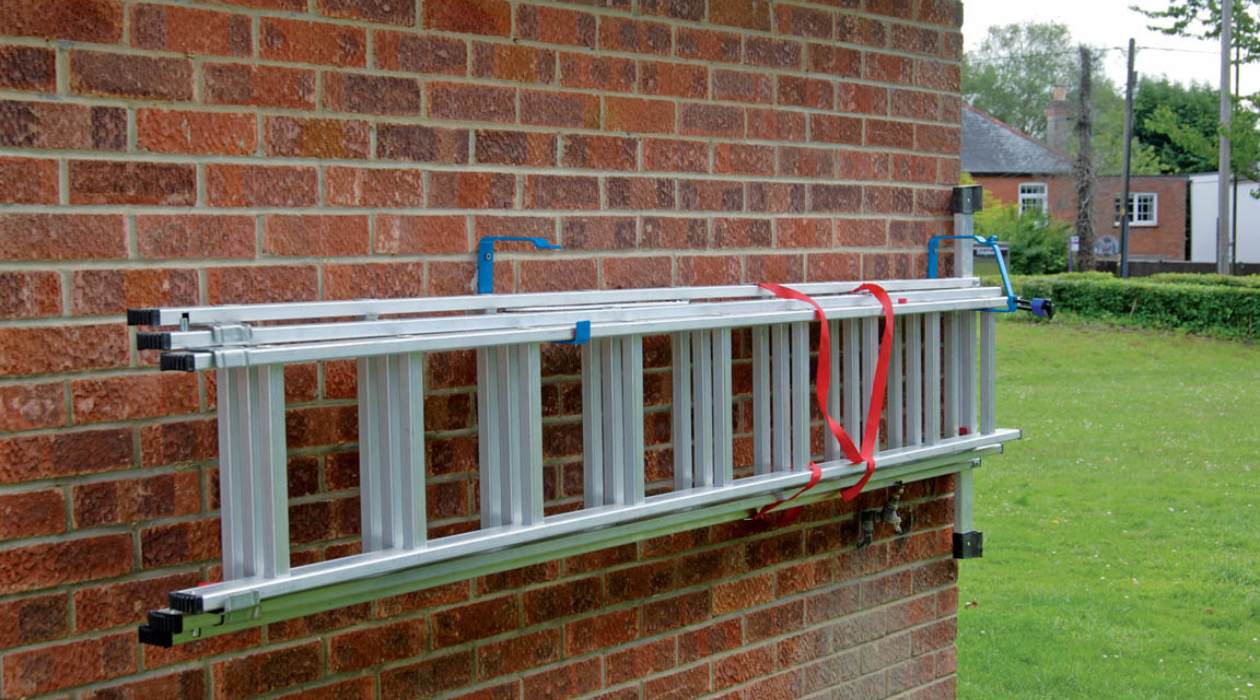
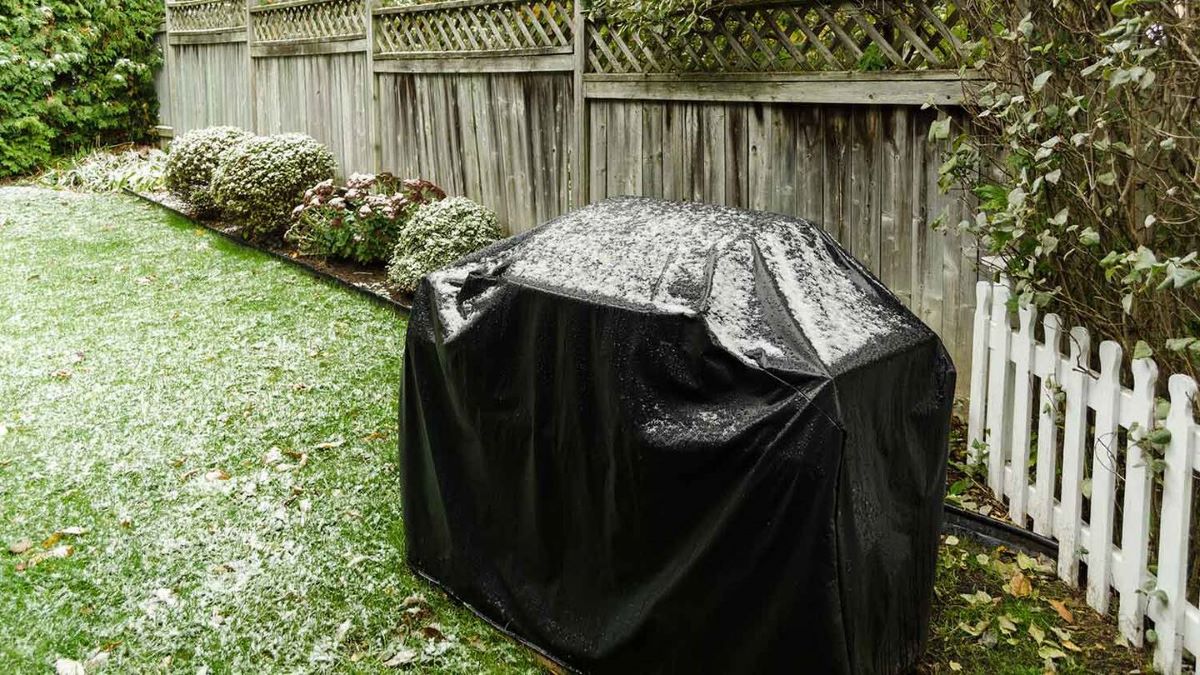
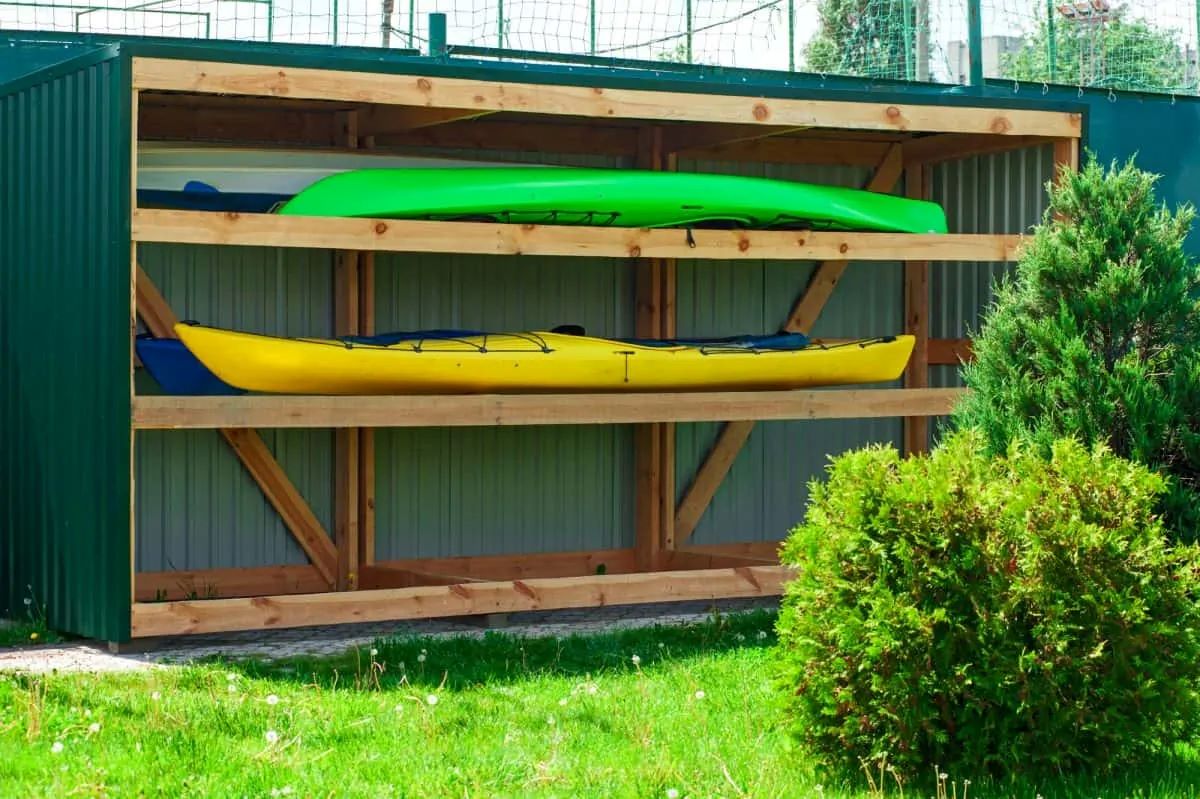
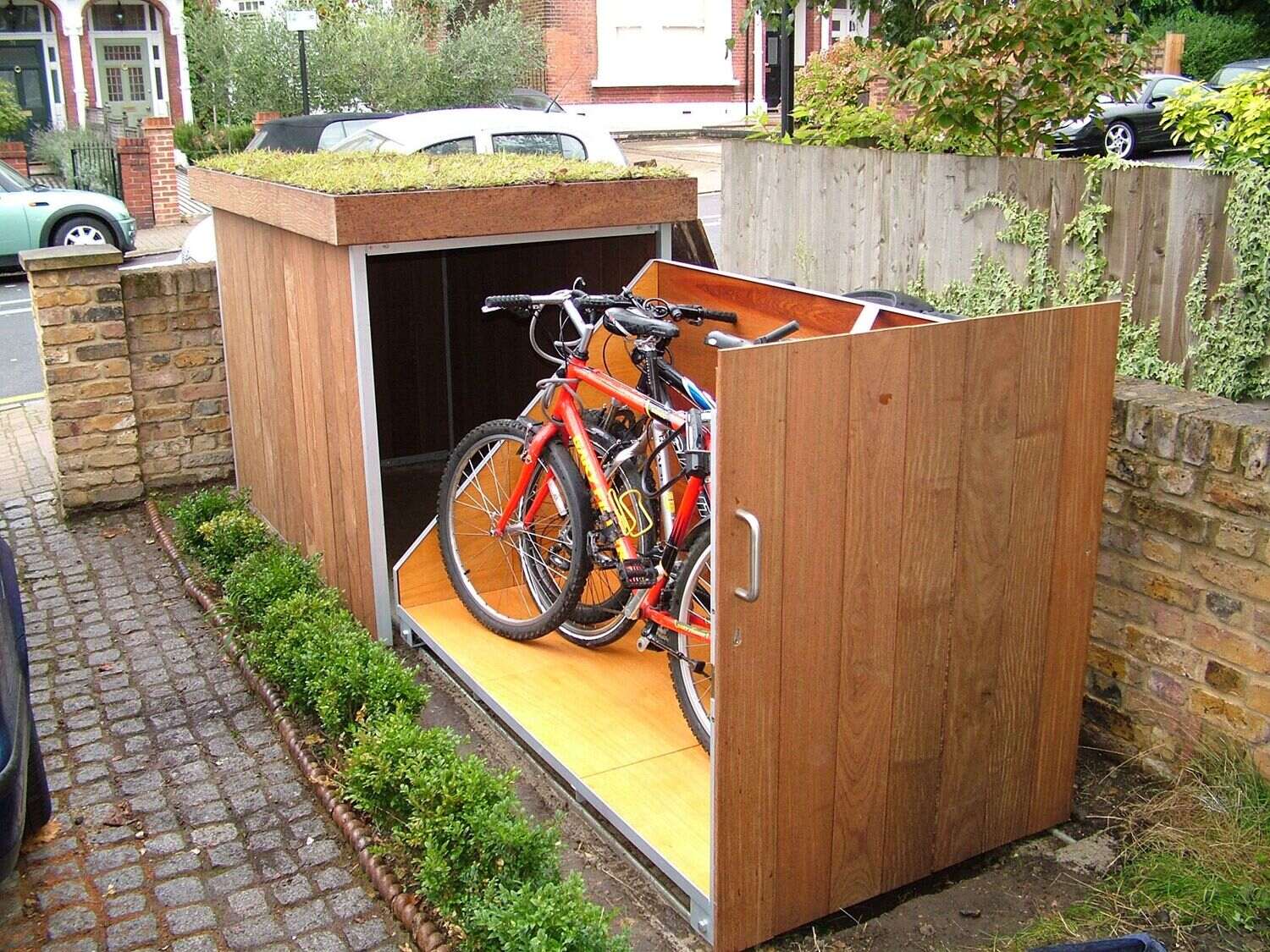
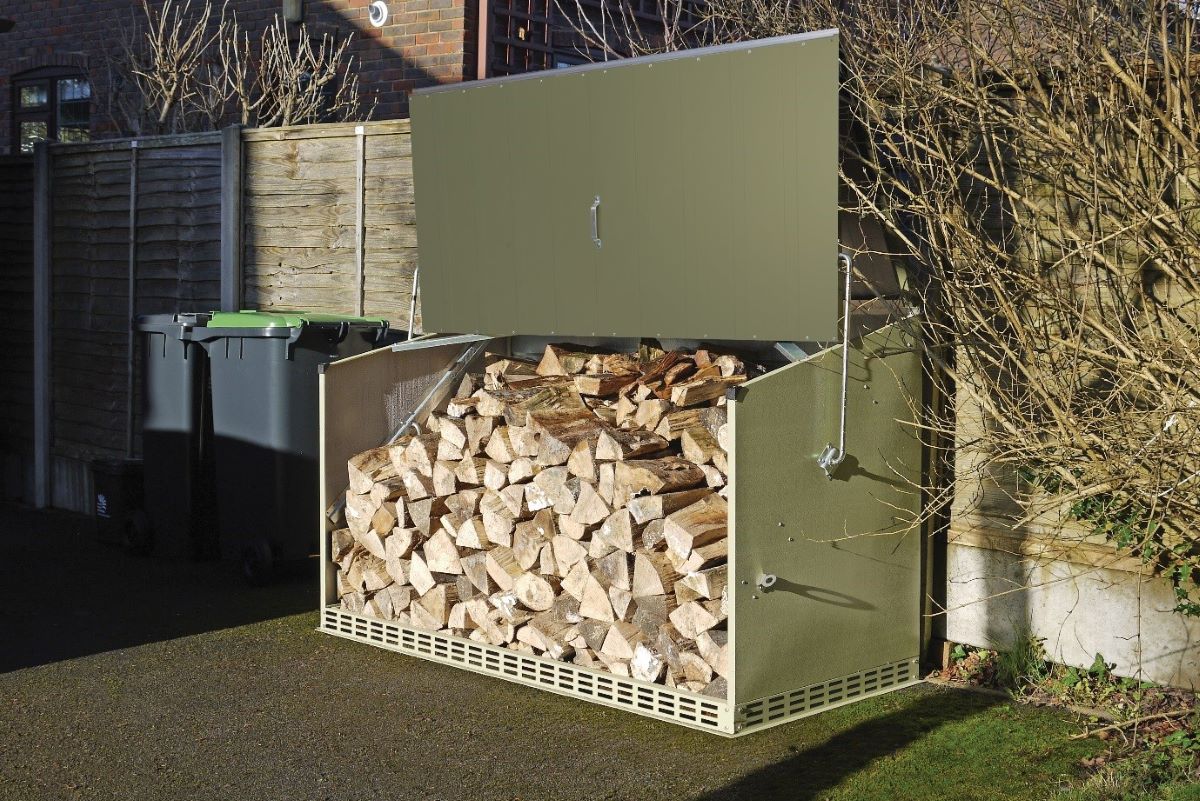
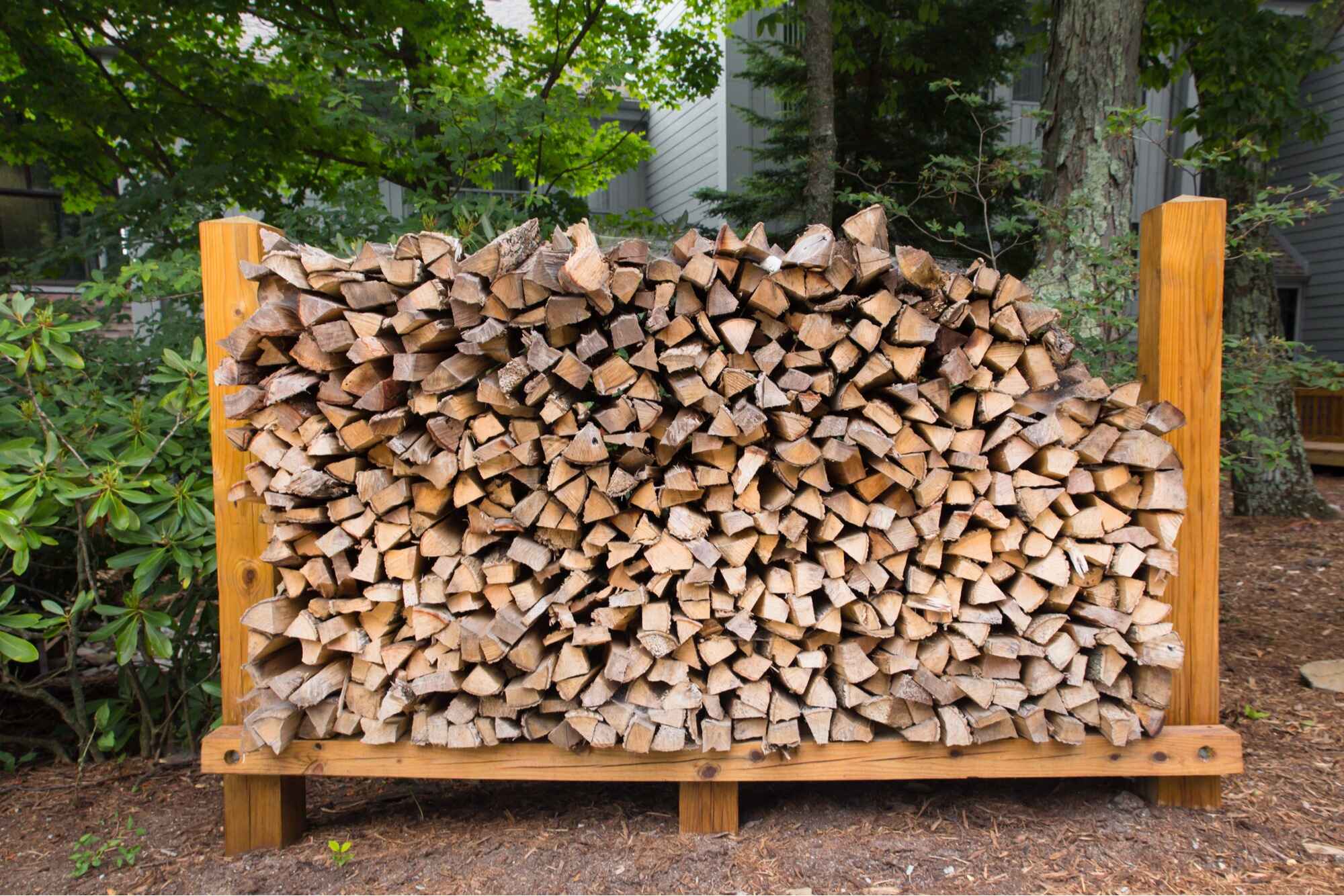
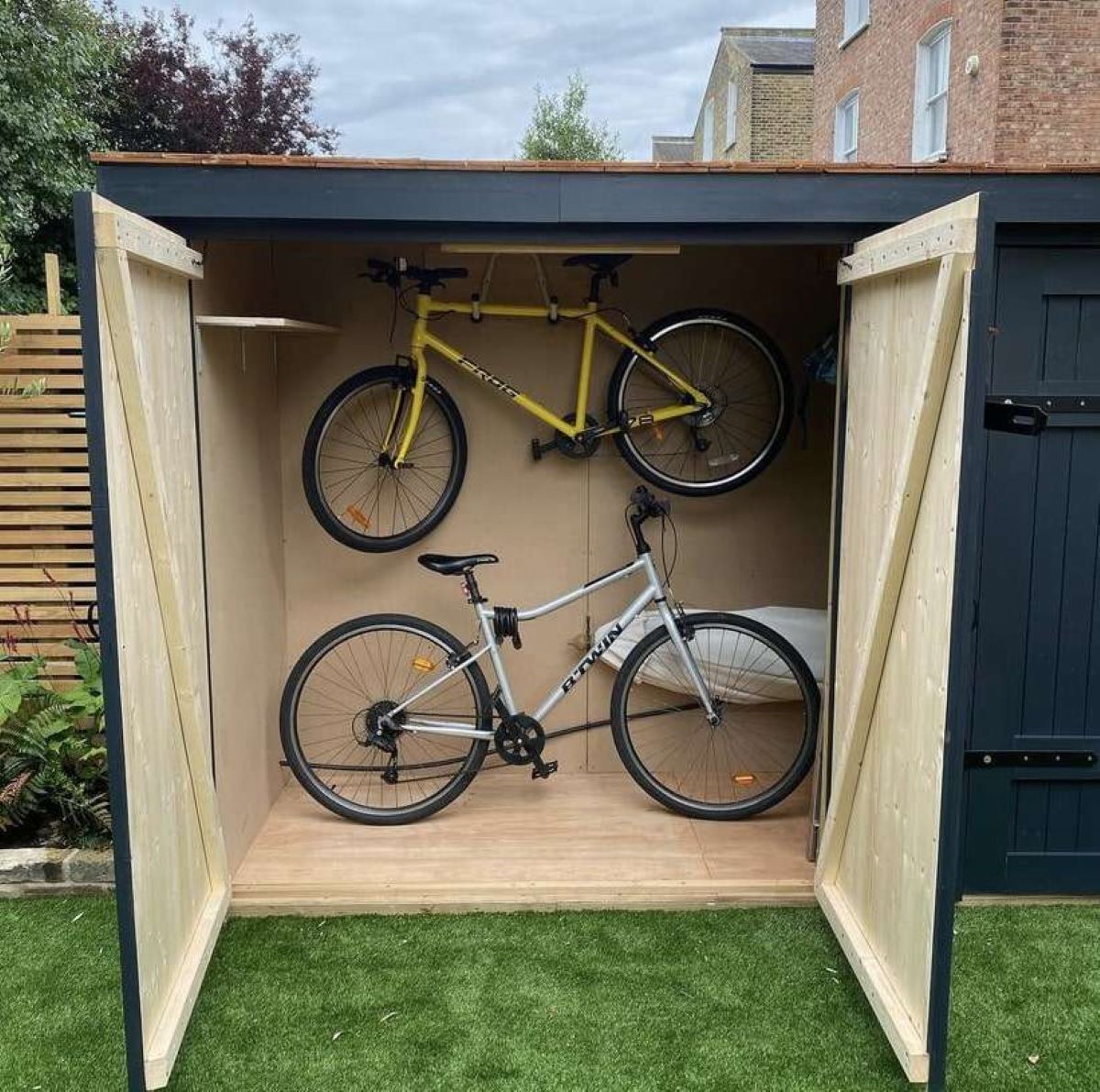
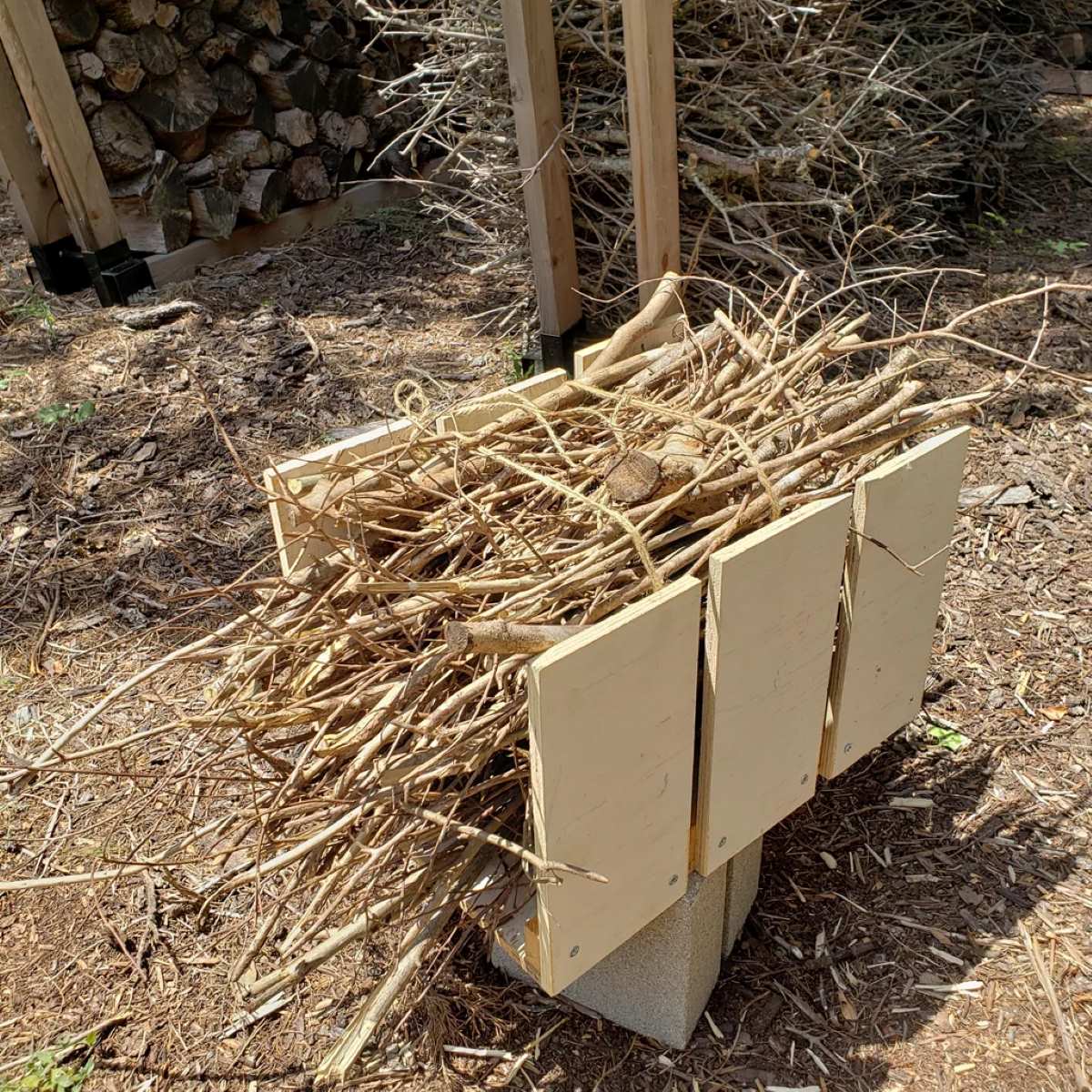
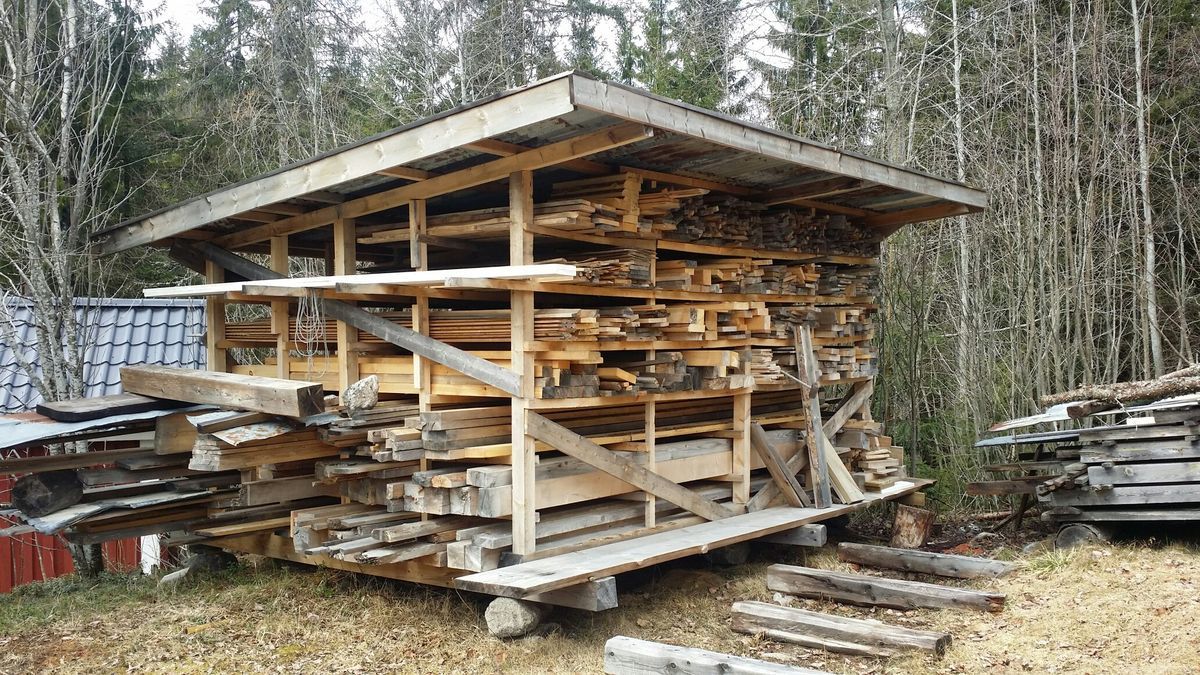
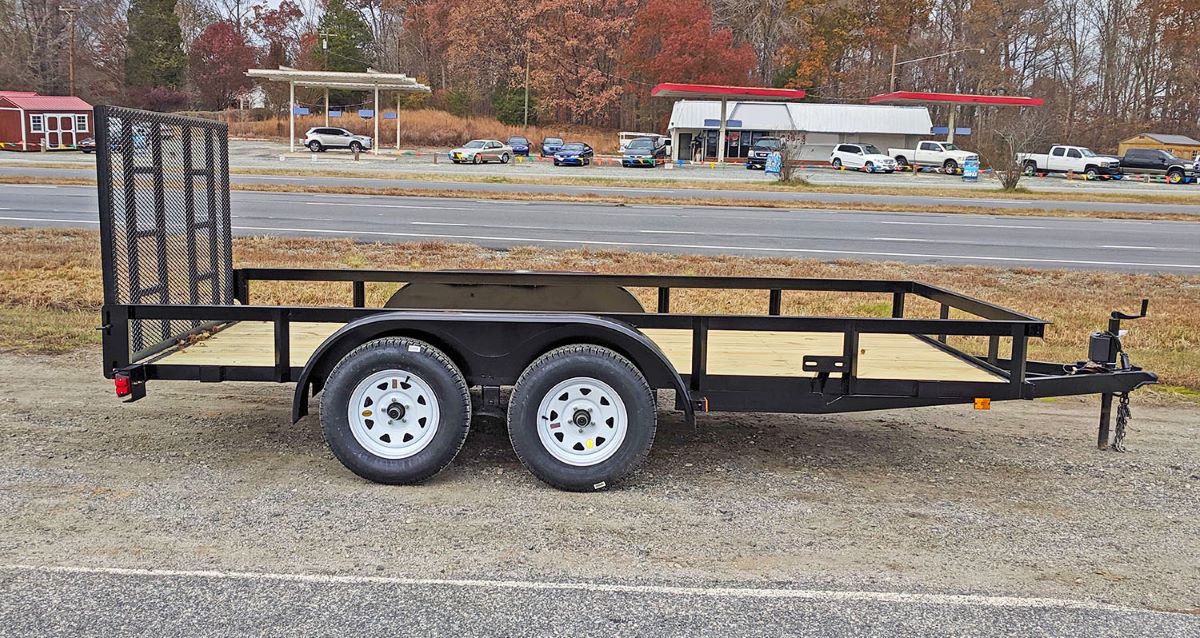
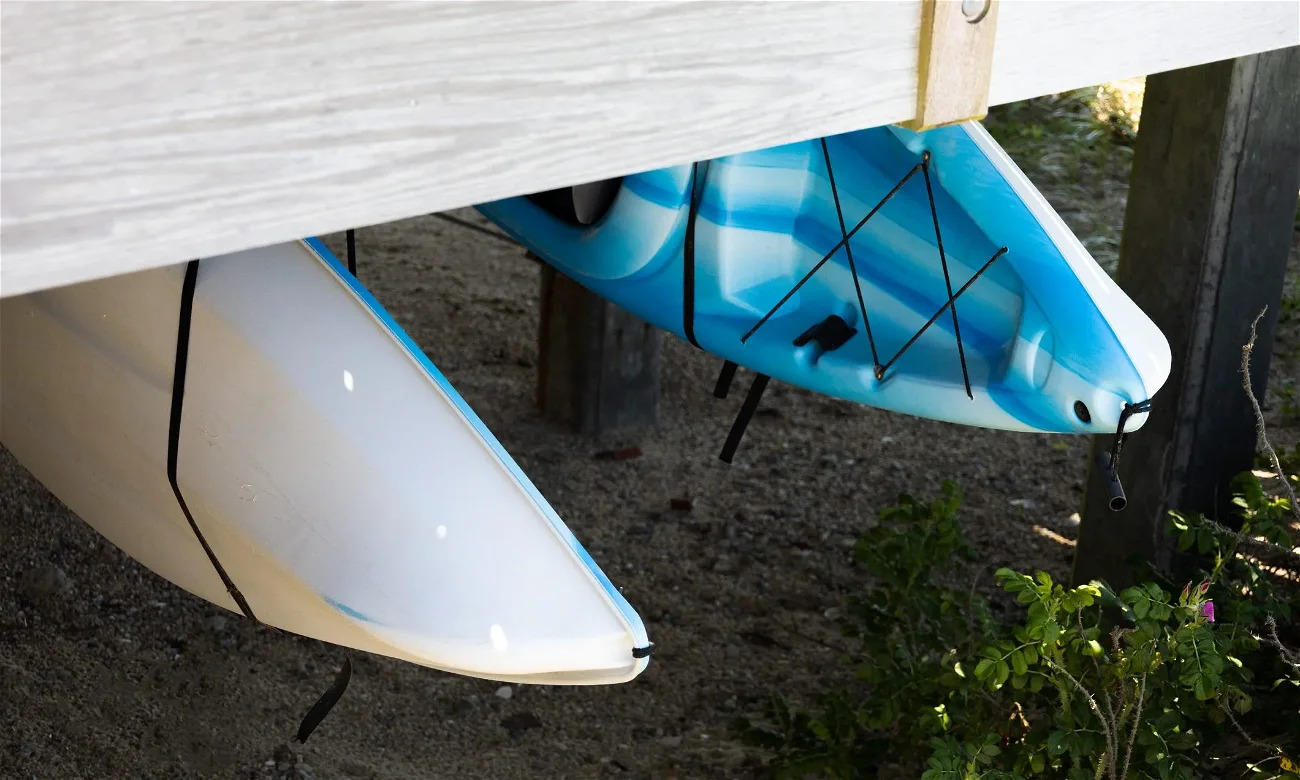


0 thoughts on “How To Store A Canoe Outside”